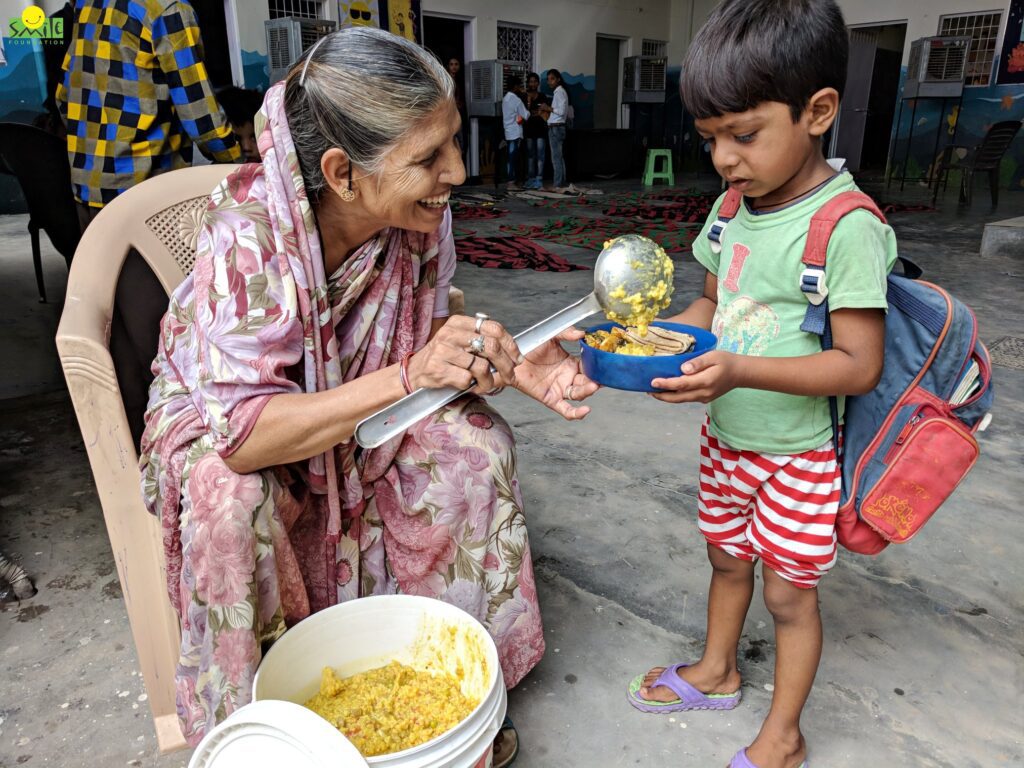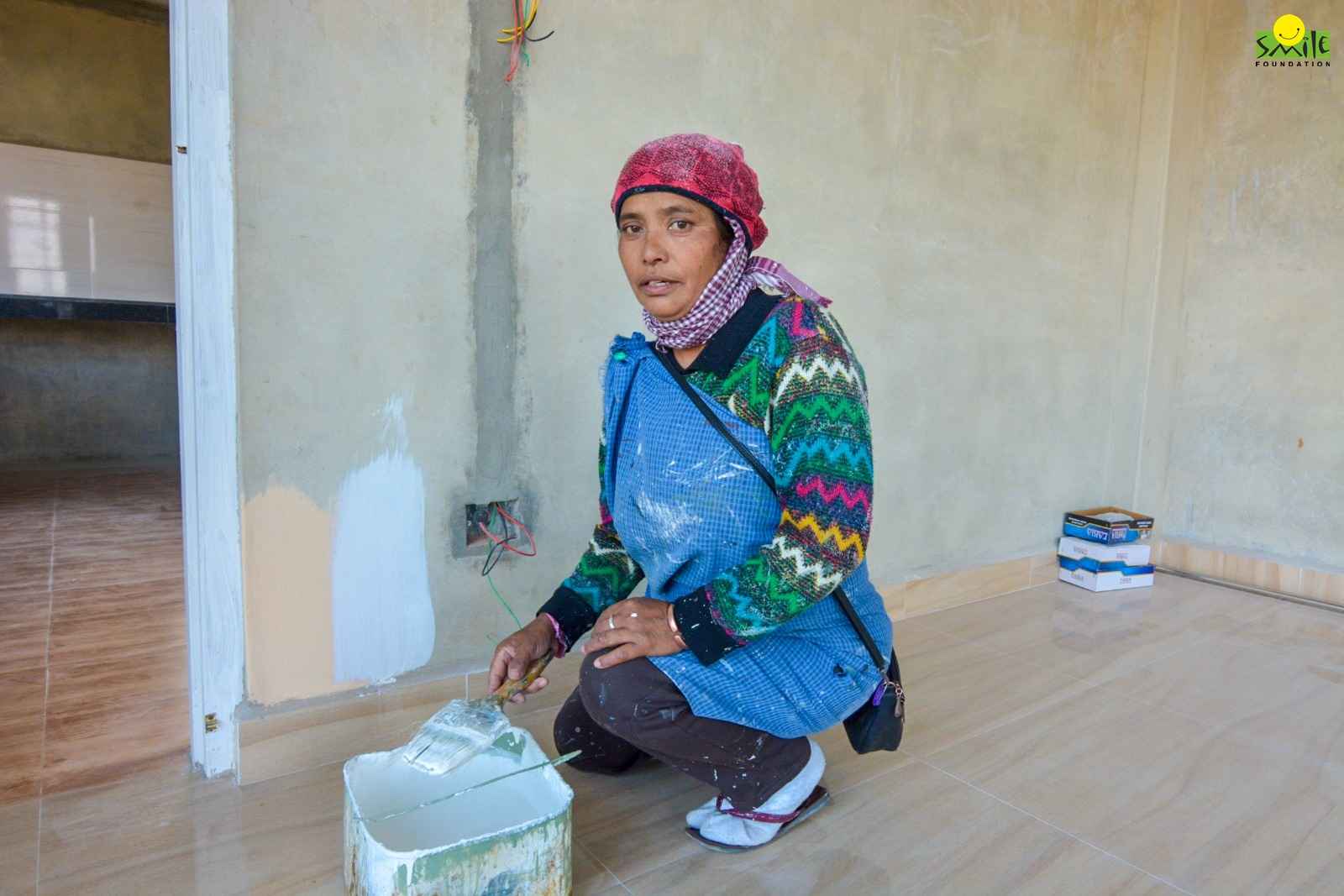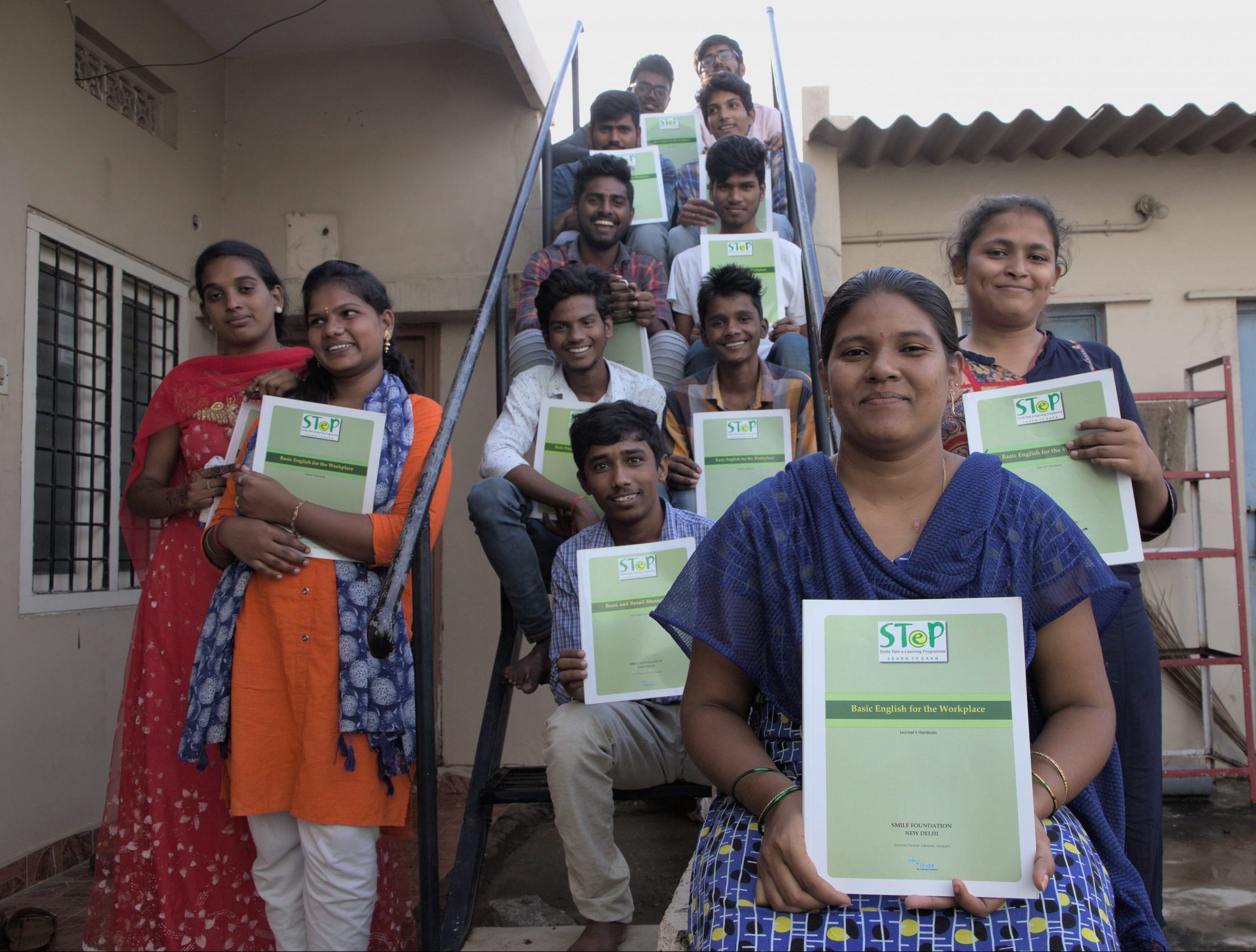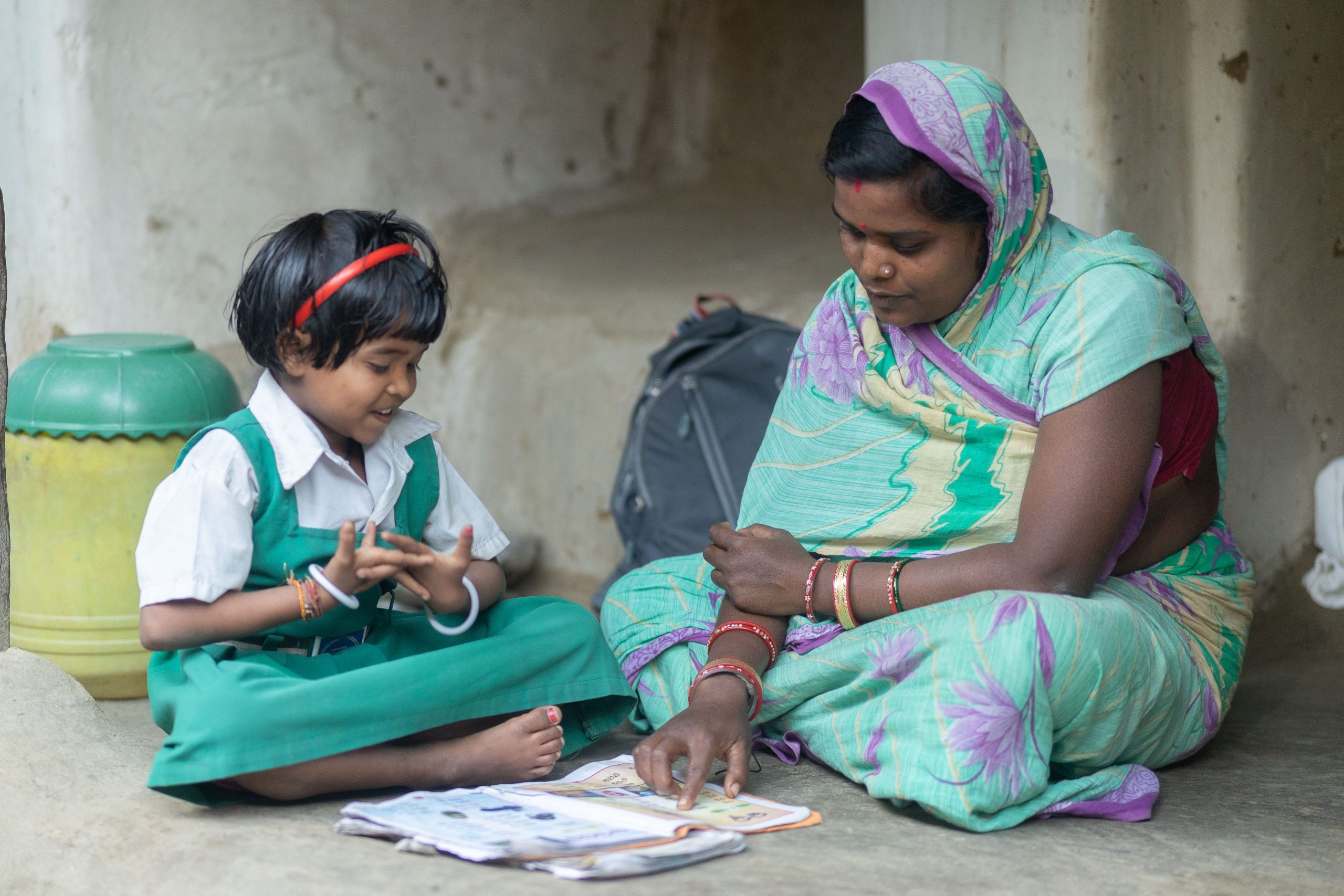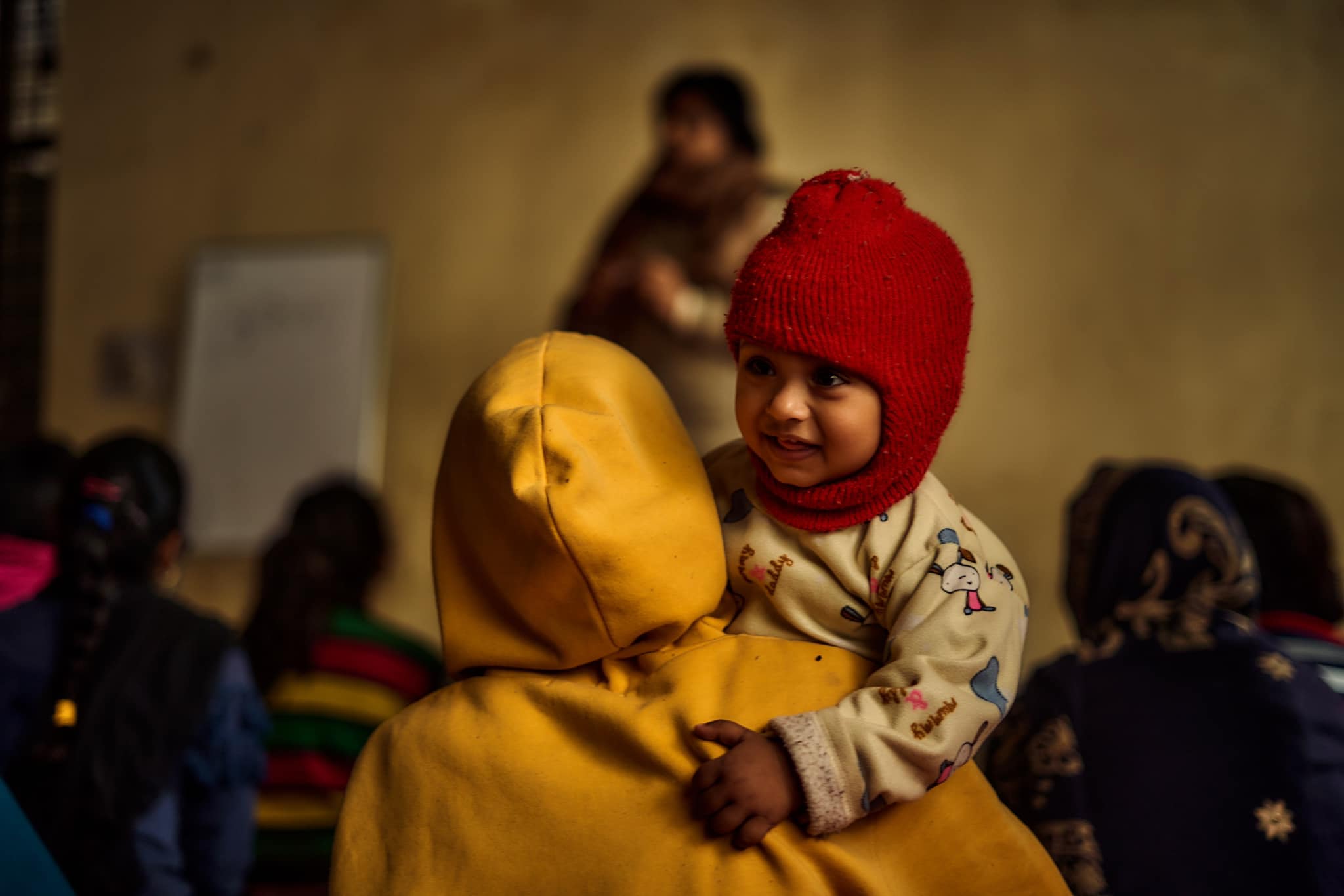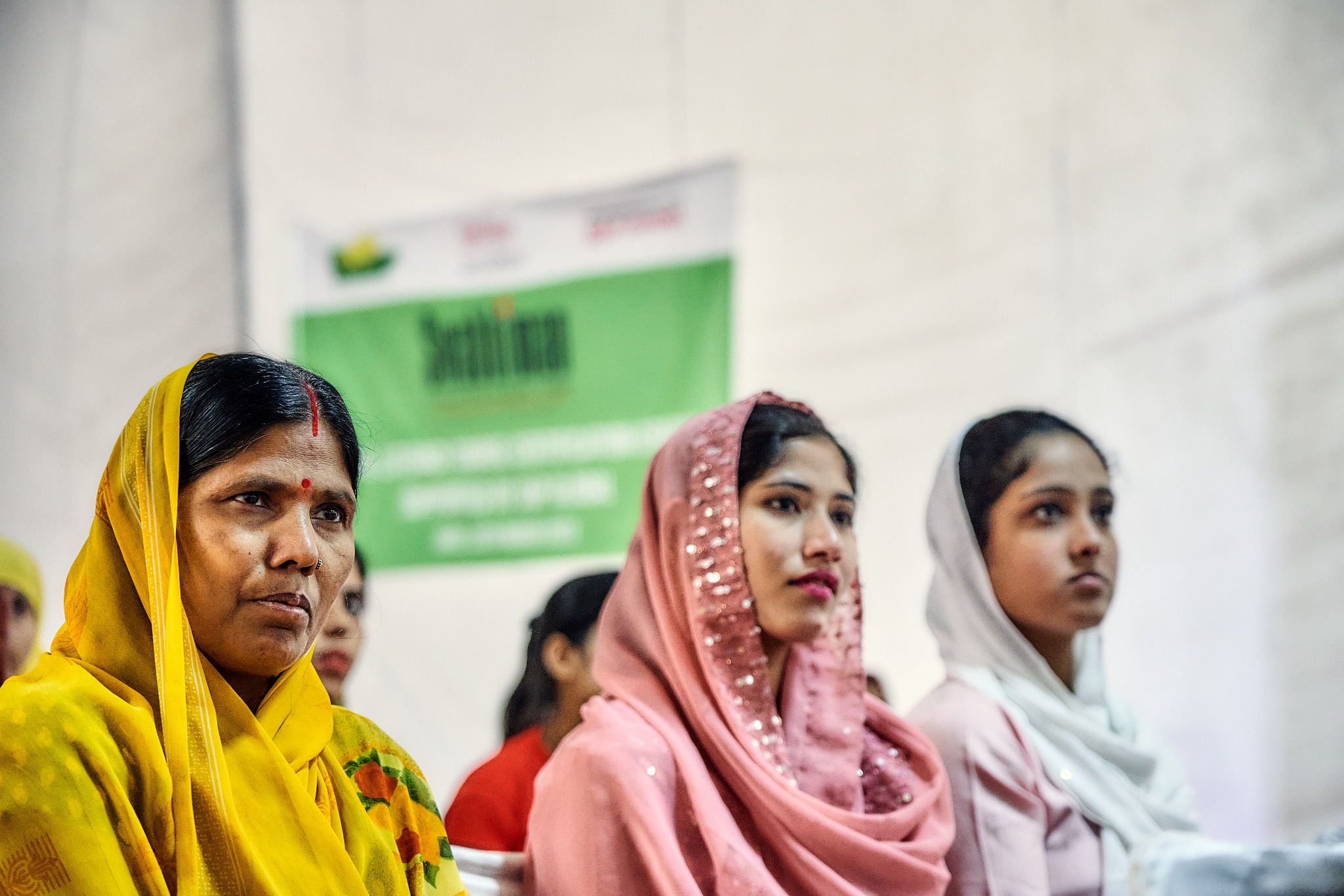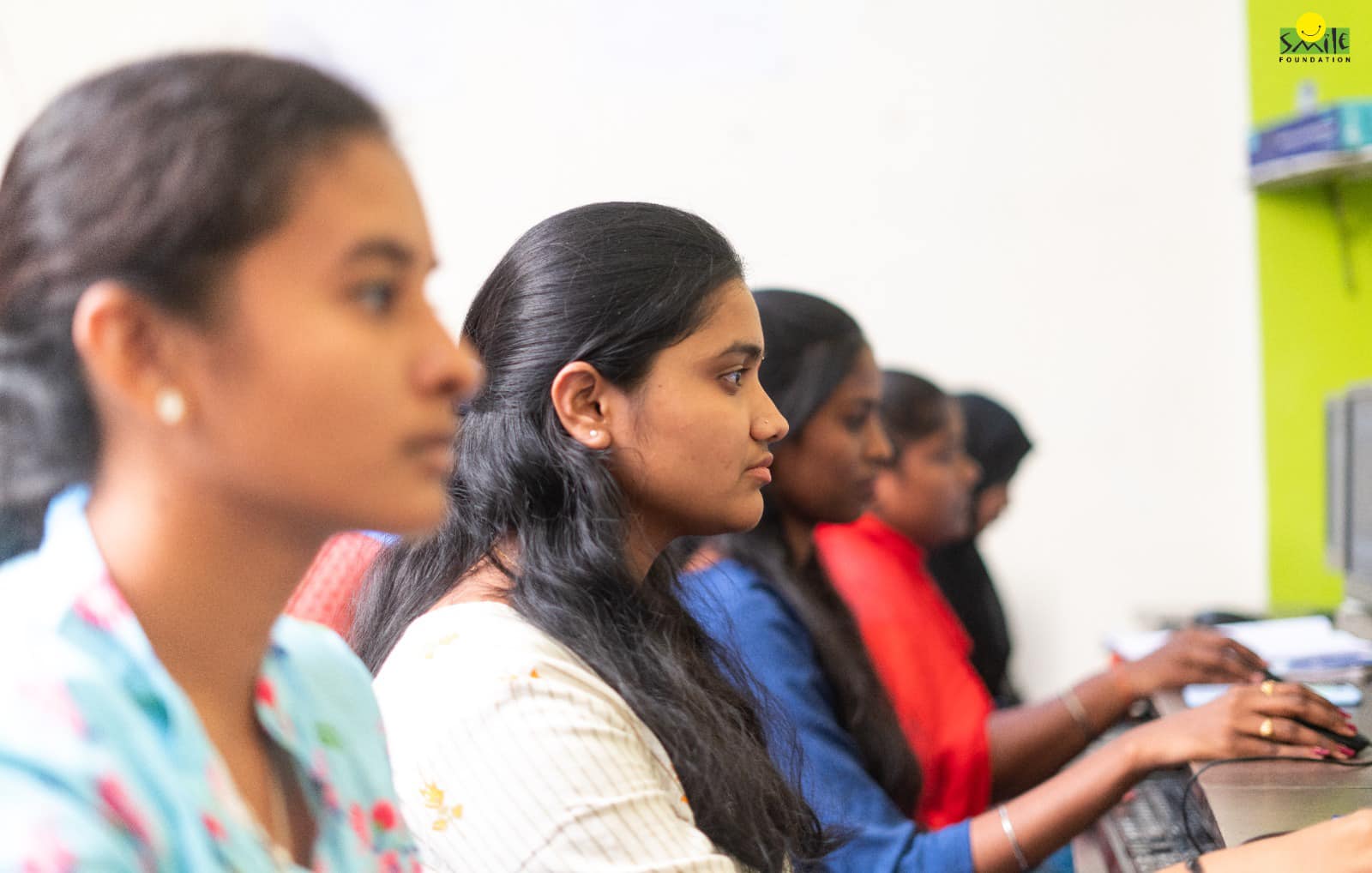The word ‘malnutrition’ comprises of two words: ‘mal’ meaning improper and ‘nutrition’ meaning consumption of calories. With this view, any improper consumption of calories, whether ‘undernutrition’ (inadequate consumption of calories) or ‘overnutrition’ (excess consumption of calories) corroborates malnutrition in children.
Of these, undernutrition leads to low height-for-age or stunting. It is known as the most sinister form of child malnutrition. Unlike the loss of weight, height cannot be readily gained back. Hence, it is an indicator of chronic childhood malnutrition. This condition can lead to irreversible mental and physical damage that is even transmitted to the next generation.
Why should be address malnutrition in children?
On one hand, it is important and imperative to address the infant mortality rate and under-5 child mortality rate. On the other, it is equally important that those who survive are able to thrive. Malnutrition has direct impact on the growth and development of individuals and the country in the long run. India has achieved remarkable levels of economic growth. Yet, despite all the progress, it continues to host the highest number of malnourished children in the world. Economic studies reveal that India loses up to 4% of its gross domestic product and 8% of its productivity due to child malnutrition.
POSHAN Abhiyaan
India launched the POSHAN Abhiyaan, a flagship national nutrition mission to improve nutrition among children, pregnant women, and lactating mothers in 2017. The aim was to meet the second United Nations-mandated Sustainable Development Goal (SDG): ending hunger, achieving food security and improving nutrition. To this end, POSHAN Abhiyaan aims to reduce malnutrition among children by facilitating inter-departmental convergence, real-time monitoring, intensified health and nutrition services for the first 1,000 days, and Jan Andolan (community mobilisation).
Facets of malnutrition in children
With the evolving economy, India is facing a dual burden. The first is ‘hunger’-a situation where an individual does not have enough to eat. The other is ‘hidden hunger’-when intake and absorption of vitamins and minerals (such as zinc, iodine, and iron) are too low to sustain good health and development. Increase in consumption of fast food and junk has made the deficiency of micronutrients inevitable. These nutrients are essential for a child and their development.
Government interventions
There are three core areas of diet: diversity, frequency and adequacy–what to eat, how much to eat, and when to eat respectively. Smile Foundation is working to reach out to children between 0-6 years under the health system strengthening initiative. This can ensure the potential growth in the thriving age children.
These projects are operating in different states of India. They focus on leveraging the conventional pattern of kitchen garden, exploring local food grains, traditional recipes, conventional cooking pattern, etc. The project ensures community engagement through various cooking competitions. This ensures that the beneficiaries get directly involved. There is also cross learning about local food and ingredients. Various nutrition experts, individuals, organisations, and academics are also involved in assessing, advocating, and advising on the nutritional value of the food being prepared. This helps build a trust factor in the community.



